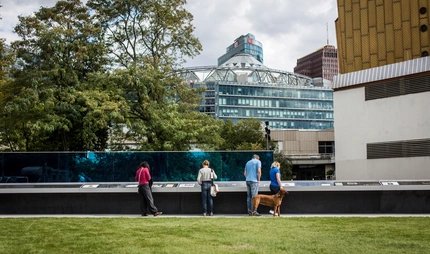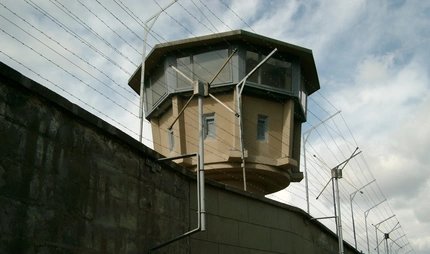
Rummelsburg Memorial
Largest German workhouse and East German men's prison
The Rummelsburg Memorial recalls the site's history as the largest German workhouse and later its use as a men's prison under the East German Communist regime.
21 panels at the site use selected biographies to tell its history from the mid-nineteenth century to the peaceful revolution of 1989. Opened as a workhouse by the city of Berlin in 1879, the site originally housed beggars, the homeless, and prostitutes who were forced to work the city's fields for free. After Hitler came to power, the workhouse became a municipal collection point for what were called "anti-social" individuals. Among other things, this is where the forced euthanasia of those deemed incurably sick was performed as part of the Action T4 programme.
During the post-war communist era, this became the central men's prison in East Berlin, with most of those held here being political prisoners and those who had helped others try to escape to the West. By the 1980s, there were plans in place to turn this into a central prison for all foreign prisoners being held in East Germany.
Rummelsburg App
The Rummelsburg app provides tours, historical photographs and eyewitness accounts to inform users about how this site was used to oppress individuals and groups living on the fringes of society. There are also contributions in simple German and set to music, as well as an English version. A tour for children and young people tells the history in an age-appropriate manner. The app can be downloaded for free at: www.rummelsburg-app.de.



